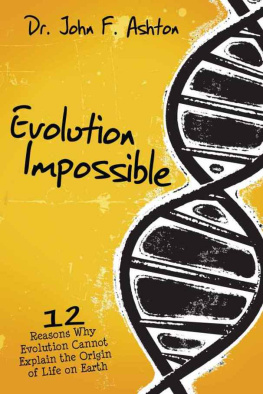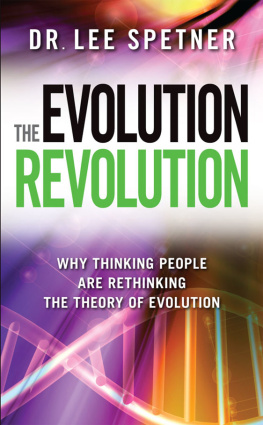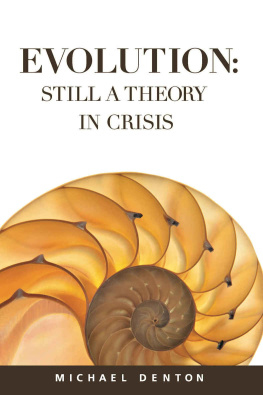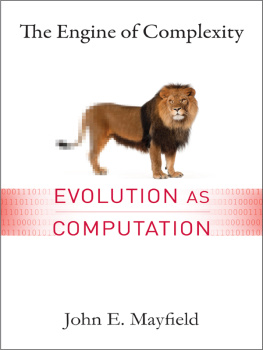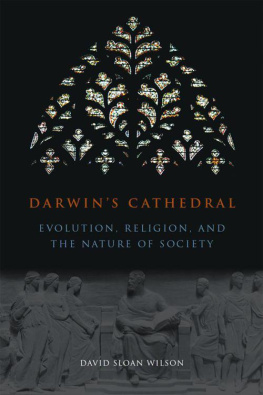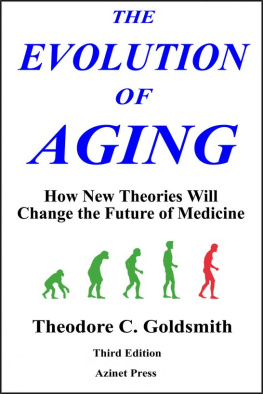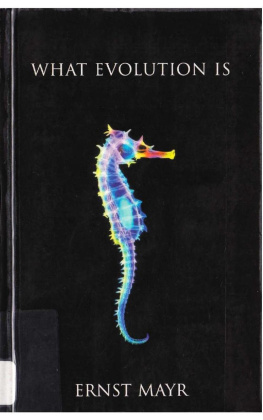This book is intended as a reference volume only, not as a medical manual. The information given here is designed to help you make informed decisions about your health. It is not intended as a substitute for any treatment that may have been prescribed by your doctor. If you suspect that you have a medical problem, you should seek competent medical help. You should not begin a new health regimen without first consulting a medical professional.
Published by River Grove Books Austin, TX
www.rivergrovebooks.com
Copyright 2015 Dongxun Zhang and Bob Zhang
All rights reserved.
No part of this book may be reproduced, stored in a retrieval system, or transmitted by any means, electronic, mechanical, photocopying, recording, or otherwise, without written permission from the copyright holder.
Distributed by River Grove Books
For ordering information or special discounts for bulk purchases, please contact River Grove Books at PO Box 91869, Austin, TX 78709, 512.891.6100.
Design and composition by Greenleaf Book Group
Cover design by Greenleaf Book Group
Cover photo Shutterstock.com/Cessna152
Publishers Cataloging-in-Publication-data is available.
ISBN: 978-1-63299-019-8
First Edition
Other Edition(s): Print ISBN: 978-1-63299-018-1
CONTENTS

PREFACE

It has been more than twenty years since my theory of intended evolution first came together and I planned to write this book. However, because of work or other matters, it never got done. About ten years ago, I created a fitness program based on this theory, an idea that I called Intended Evolution Fitness, due to my feeling at the time that the need for this particular application of the theory was more important than writing out the pure theory itself. Within the materials for the fitness program was a brief segment on the theory of intended evolution, an idea that drew interest from some of my students and that led to a promise that a book would soon follow. But the book was slow in coming until finally in the last year or so, with the help of David Kincade and Bob Zhang, the project got underway in earnest.
This book is written in the broadest of strokes, as the intention is to state as simply as possible the basic ideas of intended evolution and no more than that. We will not present details of the mechanics of the process nor will we spend a lot of time presenting the evidence to back up our claims. Instead, we discuss our ideas as an underlying framework pertaining to what are mostly generally accepted principles of biology and evolution. Therefore, this book is about an overall why rather than how processes work. The reason for this is that collecting, organizing and presenting such data requires time and resources that we do not have. Rather than going into great detail about the mechanics of applying the theory of intended evolution across diverse fields of knowledge, we have opted to provide here a brief introduction to a number of concepts, recontexualizing them in light of this theory.
That said, I welcome the accumulation of existing and new work from others that furthers discussion about the usefulness of this framework. At its core, the idea of intended evolution is a simple one: living things have an internal drive that results in interactions with the external environment that are different from those of nonlife in that they lead to intentional changes of the living organisms internal information, function, and structure.
Furthermore, because of the unique evolutionary history of humans, we can, in a significant way, affect the future of our own evolution going forward.
INTRODUCTION

TODAYS DISCOURSE ON EVOLUTION INEVITABLY REFERS TO natural selection and genetic variation as the two basic components of the conceptual framework. The prominent idea, stated simply, is that random changes in the genome (mutations) create the variety of individuals from which nature selects survivors. Deviation from this line of thinking is viewed with great skepticism or even linked with some form of intelligent design or creationism. This type of dogmatic thinking tends to be counterproductive to broader analysis and understanding of the evolutionary process. Darwin himself concluded the introduction to his work, On the Origin of Species, with the following sentence: I am convinced that Natural Selection has been the main but not exclusive means of modification. Therefore, even by Darwins estimation, there are other factors at work than strictly a selection process.
THREE BASIC FACTORS
Based on what is known about the evolutionary process, we believe there are three basic factors: external factors, internal factors, and a combination of internal and external factors. By external factors, we mean the environment described as the means of natural selection, according to Darwin. By internal factors, we mean an organisms intentional activity or drive and will to survive. With combination, we refer to the results of the interface of an organisms intentional activity with the environment that manifests an intelligent way of living, such as behavioral habits. This category could include an active choice of living space, preferred energy sources, a means of movement to obtain the necessities of life, and other volitional traits. These behaviors lead to a source of novelty.
Just as a bird needs two wings for balance in flight, the internal intention to interact, and an environment with which to do so, are both needed to explain the evolutionary process. For example, the separation of humans from other animals, including apes, included intentional activities such as standing up to allow the use of the hands. This alternate positioning of the upper body, in turn, allowed for activities that created demand for many internal changes such as varying the use of lung and vocal functions and the development of a larger brain. For example, detailed manipulation of the environment with the hands created much greater demand for tactile processing power that we think contributed to modern human brain development. Smaller and more specific changes might include such behaviors as wearing clothing, which likely induced bodily hair production to decrease over time because of reduced demand for it. Cooked foods induced digestive systems to change, as well as leading to the reduction of unneeded teeth and jawbone mass.
FIVE CHARACTERISTICS OF GENETIC PROCESSES
From a broad and long-term perspective, we think genetic processes have the following five characteristics:
Genes represent an organisms recorded history, developed and organized over time as an operating menu. The organism can, with time and need, add new materials and update old materials. This recording is based on intentional interaction with the organisms environment, and genome mutations can be based on its needs.
When new information is added to the genetic code, it tends to update but not erase previous information. Even if the gene structure or expressed function changes, the information will usually be passed on indefinitely.
All previously stored genetic material may be reopened and used if the need arises and conditions allow. Such functional reawakening happens in the same order the functions were turned off.
When unneeded functions are dismantled, the process will be the reverse of its development process, so that the first that appears will also be the last to disappear, and the last to appear will be the first to disappear.





